6 Surf Essentials for Colder Temperatures
October 16, 2019 | By
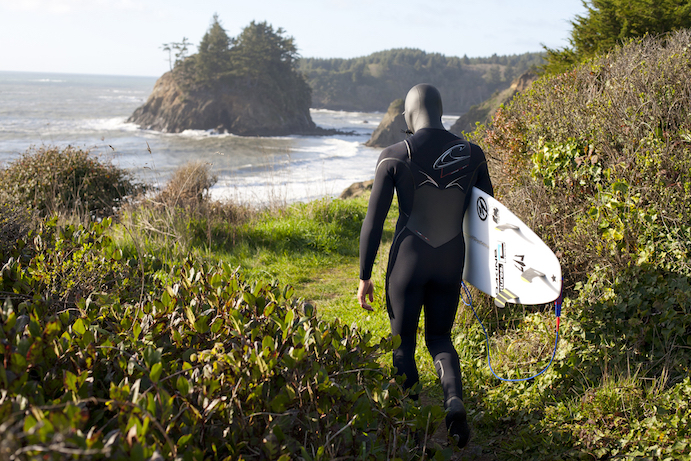
Catch waves year-round with some essentials for fall and winter swells. Surfing in cooler waters is fun, but you won't last very long with just a swimsuit. To make the best out of the chilly season, you'll need a quality wetsuit to keep you warm. Colder waters demand extra coverage and reliable gear no matter what your skill level is.
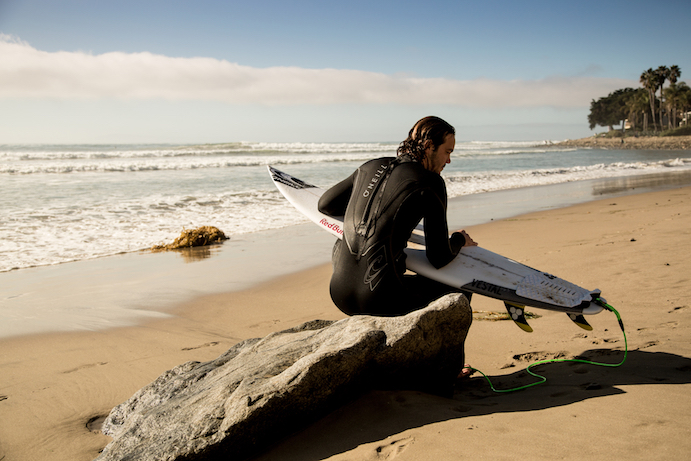
Full Wetsuit
Suit up and paddle out without a doubt. For colder water, you'll need a full wetsuit over a spring suit. Full suits have full-length arms and legs and cover as much surface area of your body as possible. It is important to find the perfect fitting wetsuit so that you'll be able to stay warm and comfortable. Wetsuits should be tight.
All wetsuits work in the same way by keeping a thin layer of water between your skin and the neoprene fabric. Body heat warms up the thin layer of water and keeps you warm, even in near-freezing temperatures. If the wetsuit does not fit right, cold water may penetrate into the loose areas and you could become cold, or worse, get hypothermia.
When considering a wetsuit, there are various other factors to consider such as thickness, stitching, zipper placement, or reinforced knees. We recommend looking for a blind stitch and liquid seal for your winter wetsuit.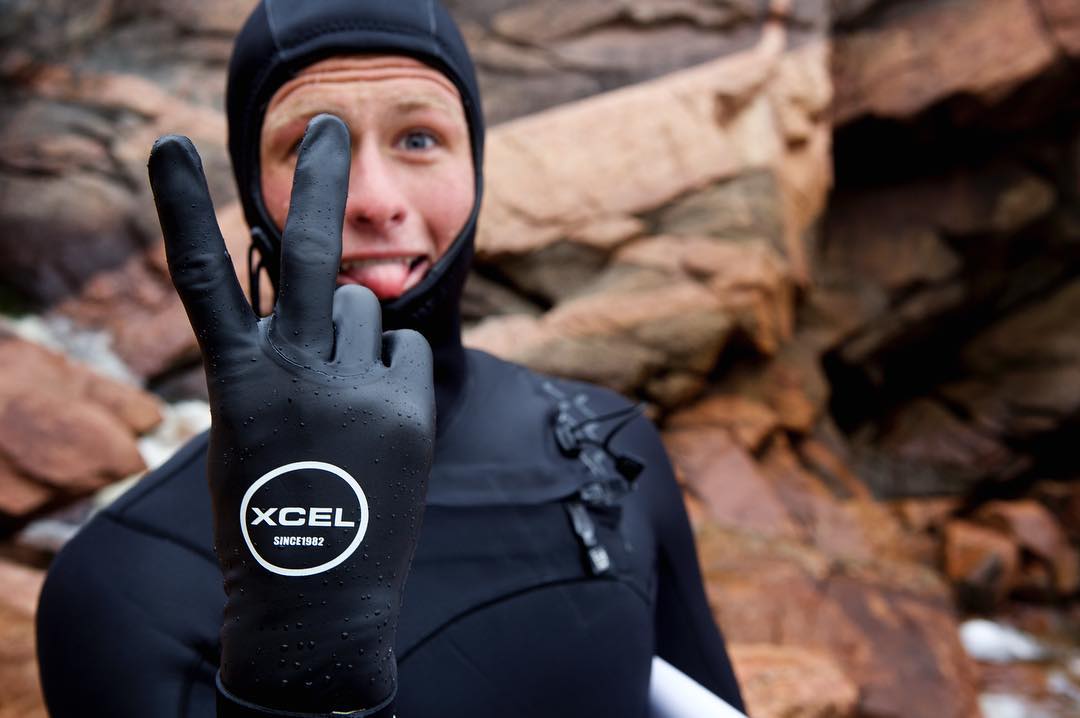
Booties, Gloves & Hoods
Protect yourself from the elements! Keep your body at a comfortable temperature with our selection of surf booties, gloves, and hoods.
For booties, it's all about preference. A split-toe design provides a stable feel and they should fit tight, but not too tight. The fit and style of your boots can have an impact on your grip. Do some research to ensure the fit that's right for you!
Gloves can be a nuisance and throw off balance for some, but if it doesn't bother you, we highly suggest investing in a pair if you're going out this winter. There is various glove thickness for different temperatures:
- 1, 1.5, or 2mm Gloves (60-45° F)
- 3mm Gloves (High 50's-40° F)
- 5mm Gloves (55-35° F)
- 7mm Gloves (45 – 30° F)
A surf hood or cap is a useful add-on to your wetsuit in cool temperatures. Surf hoods are usually made of neoprene and cover your head and neck so only your face is exposed. They help to insulate your head and ears and promote regulated body temperatures. Hoods and caps also protect against wind chill, surfer's ear, and act as a thin protective barrier in case of injury. Wetsuit hoods are also great for people with long hair as it helps keep hair out of your face.
Change clothes & go! Changing can be a hassle while you're at the beach with a regular towel and you surely don't want your towel to accidentally slip and fall off your body. Let's all avoid the embarrassment and use a hooded towel or changing poncho. The main purpose of these towels is to change easily and quickly out of your wet and cold suit and into fresh clothes so you can be comfy while you enjoy the rest of your day on the beach!
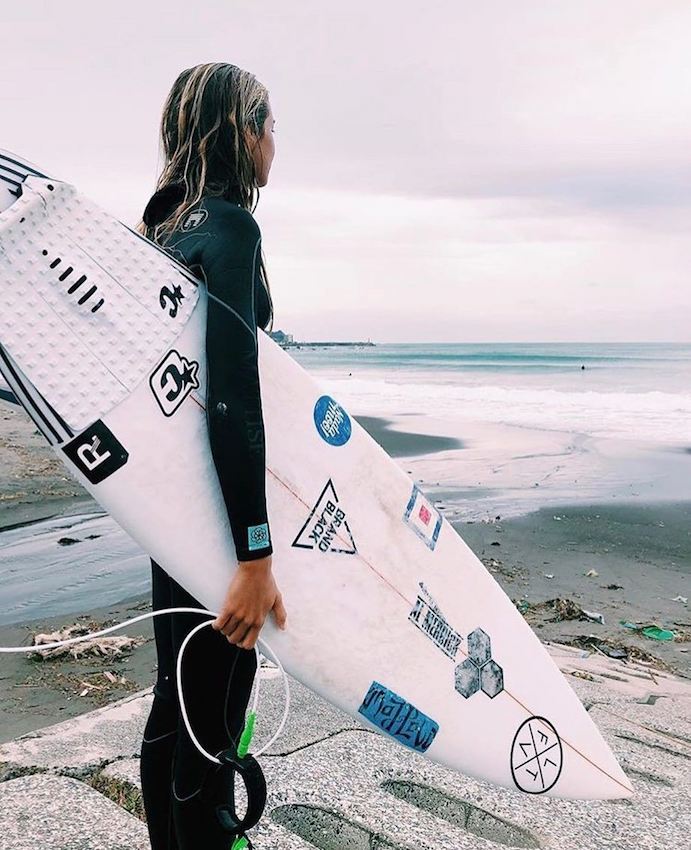
Leash & Accessories
Accessories are key! Choose your favorite surfboard and let the accessories show off your style. From leashes, fins, and repair kits - we've got it all! Leashes are meant to prevent you from losing your board during a wipeout. It cannot save your life though so be sure not to paddle out farther than you can swim!
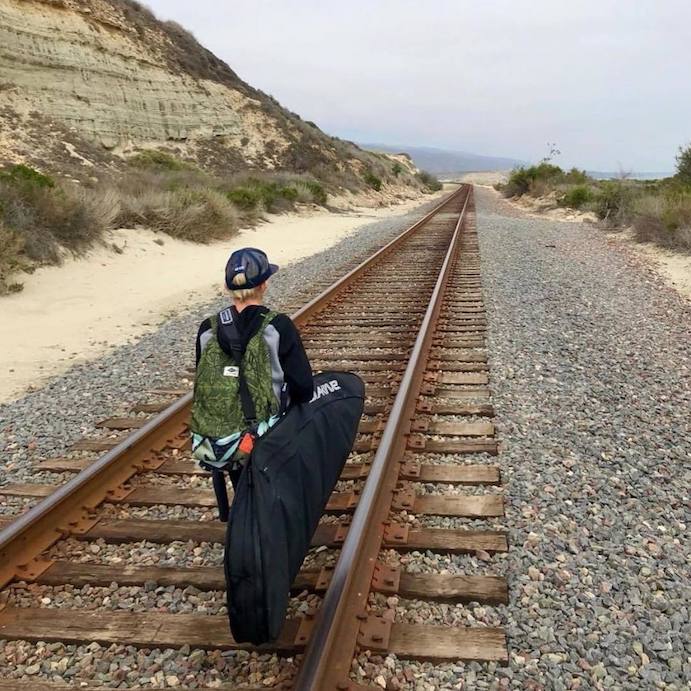
Backpacks & Surfboard Bags
Keep your stuff organized and dry with wet/dry bags and backpacks and haul your board effortlessly with a surfboard bag. Keeping your wet items in a separate waterproof pocket is crucial for your comfort and keeping things like your phone and wallet dry. A surfboard bag makes carrying your board a breeze and also protects against scratches and dents. Cordura fabric is waterproof, so look for it in a bag, backpack, or surfboard bag when shopping this fall or winter.
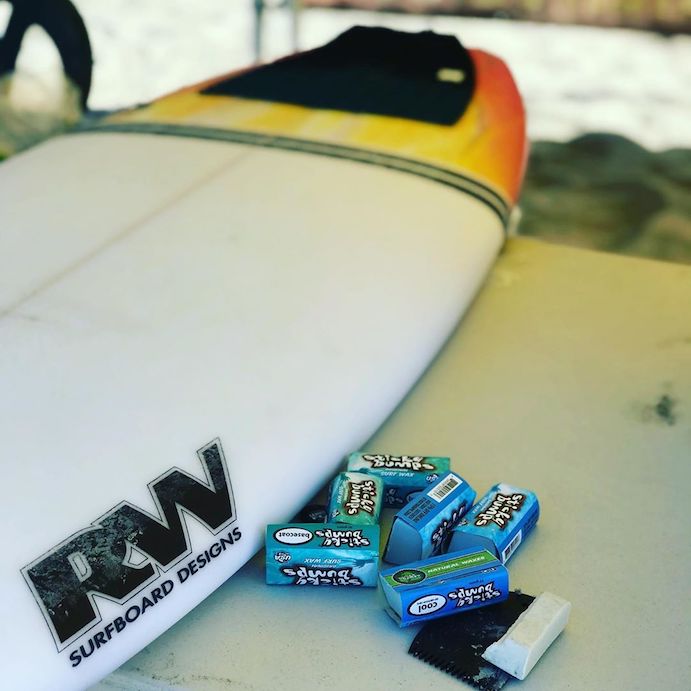
Surf Wax
Wax on, wax off, you know how it goes! For colder water, you'll want to choose a softer wax. Surf wax is important for grip especially if you don't have traction pads on your board. To properly wax your surfboard you'll need a basecoat wax, topcoat wax and a wax comb. Wax gradually comes off while you surf so make sure you wax evenly and frequently. If the wax looks squished or flat, use the comb side to scratch diagonal lines into the wax, making a checkerboard pattern. If you have to do a lot of combing, that could be a sign that it's time to start from scratch and put on a new basecoat. It is recommended that a new basecoat be applied every 3 months or at least once a year.
Do you have any destinations on your surf list this fall or winter? What gear are you bringing and how are you staying warm? Let us know!
